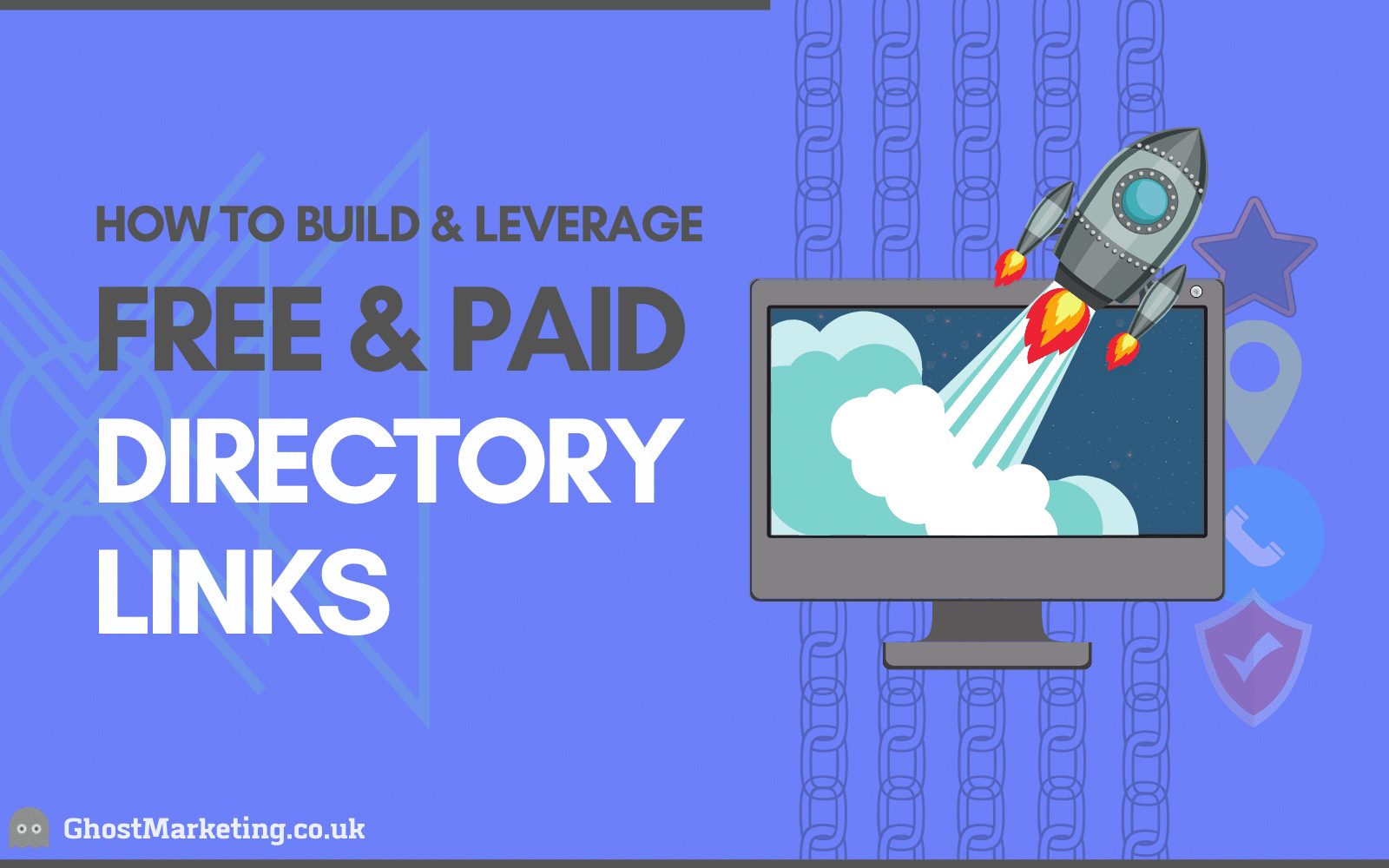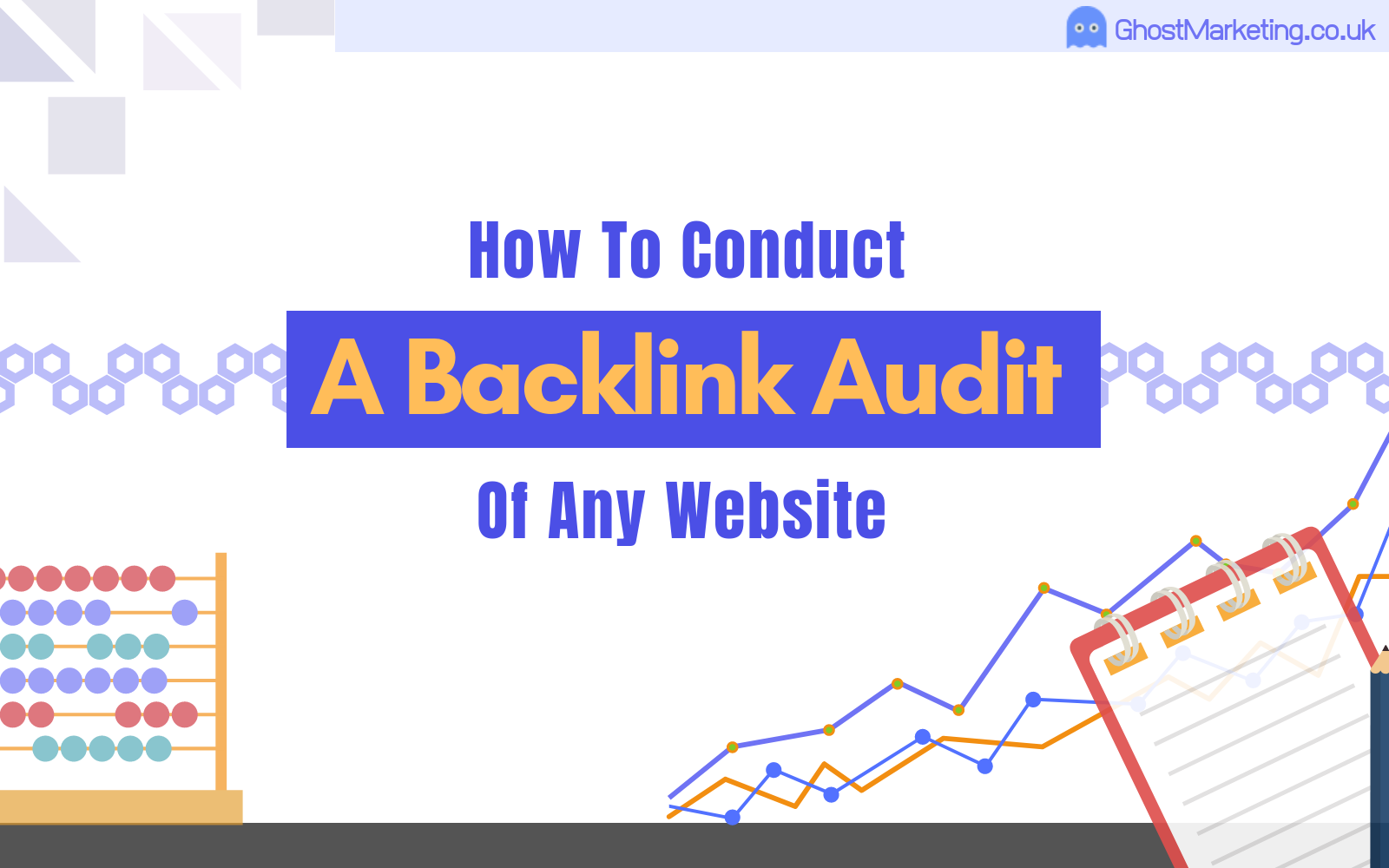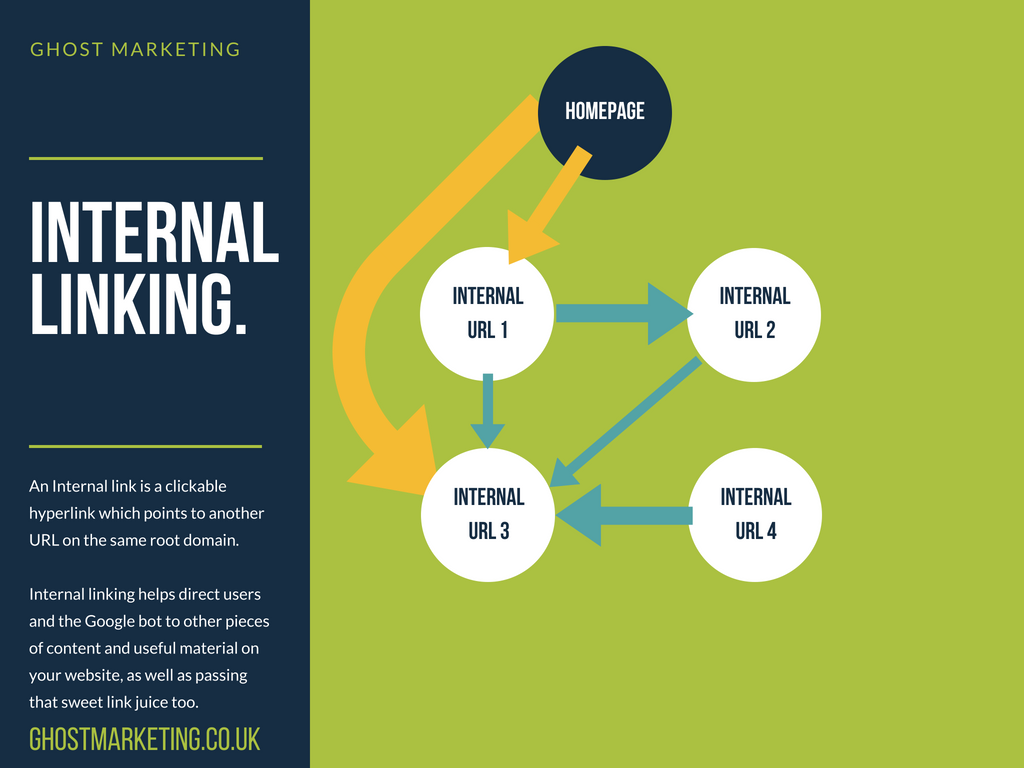When it comes to building links, literally anything and everything that makes a tiny bit of sense will be senselessly amplified by most (inexperienced) SEO practitioners and link building ‘experts’. Let me be candid – it’s frustrating to see this because it diminishes the credibility of the entire digital marketing industry.
One such strategy is visual link building.
Continue reading “Visual Link Building – 5 Image Link Building Strategies You Can Execute Starting TODAY!”
Category: Guide
Resource Page Link Building – Build High Quality Links With Resource Pages [Updated 2024]
Link building, I’ve always said, is an art.
Sure, you can learn every link building trick in the book, spend hours, days and months executing and perfecting strategies and get a decent return on every dollar you’ve ever spent on building links – but that’s only half the story.
We’ve done many posts on our blog discussing in great details the subtle nuances of link building (including many off-the-map but purely white hat, advanced link building techniques).
But, as far as real life, actual, hands-on link building goes, many people fail to get past a big question: Where the f**k should I start? Where’s my starting point?
You’ll get a variety of answers to this depending on who you ask. But if you ask me, resource page link building is one heck of a good starting point to test the waters, learn the ropes and actually start getting a positive return on your link building investment.
If that’s got you excited and you know how hard some of the link building strategies can be, you’re going to want to bookmark this resource page link building guide.
Trust me, just going through these steps will add a definite edge to your link building campaigns and have an immediate effect on your ROIs.
What Are Resource Pages? (Resource Page Definition)
Old school link building methods are coming back full circle.
Before getting into the thick of things (and before making the whole deal slightly complicated), let’s understand what a resource page is.
In the simplest of words – and as the name itself suggests – a resource page is a page that collects, curates and compiles helpful resources.
More often than not, resource pages are found on niche specific websites that also happen to be authority sources of information on their own. So, when they recommend a certain page as a valuable, helpful resource, it not only “sells” the quality to their readers, but also sends incredibly powerful SEO signals to Google (read more about on page and off page SEO here).

In essence, good resource pages check all the link building boxes – relevancy, authority and context.
Simple enough, right?
It definitely is.
But this is where things get interesting.
When we talk about resource page link building, we aren’t AT ALL referring to shady, dubious and spammy pages that do nothing but put a bunch of links together. The reason I’m forced to explicitly mention this is because the majority of resource pages out there fall into this category. The genuinely high-quality resource pages aren’t easy to come by, and that’s where resource page link building draws its value from.
A good resource page will never try to sell you anything. If it does, it’s (usually) not worth your time or energy. Many great resource pages rely solely on the feedback from their readers – a great indicator of quality.
This resource page by The Black Perspective is a great example of this:

Look At This Resource Page Example:
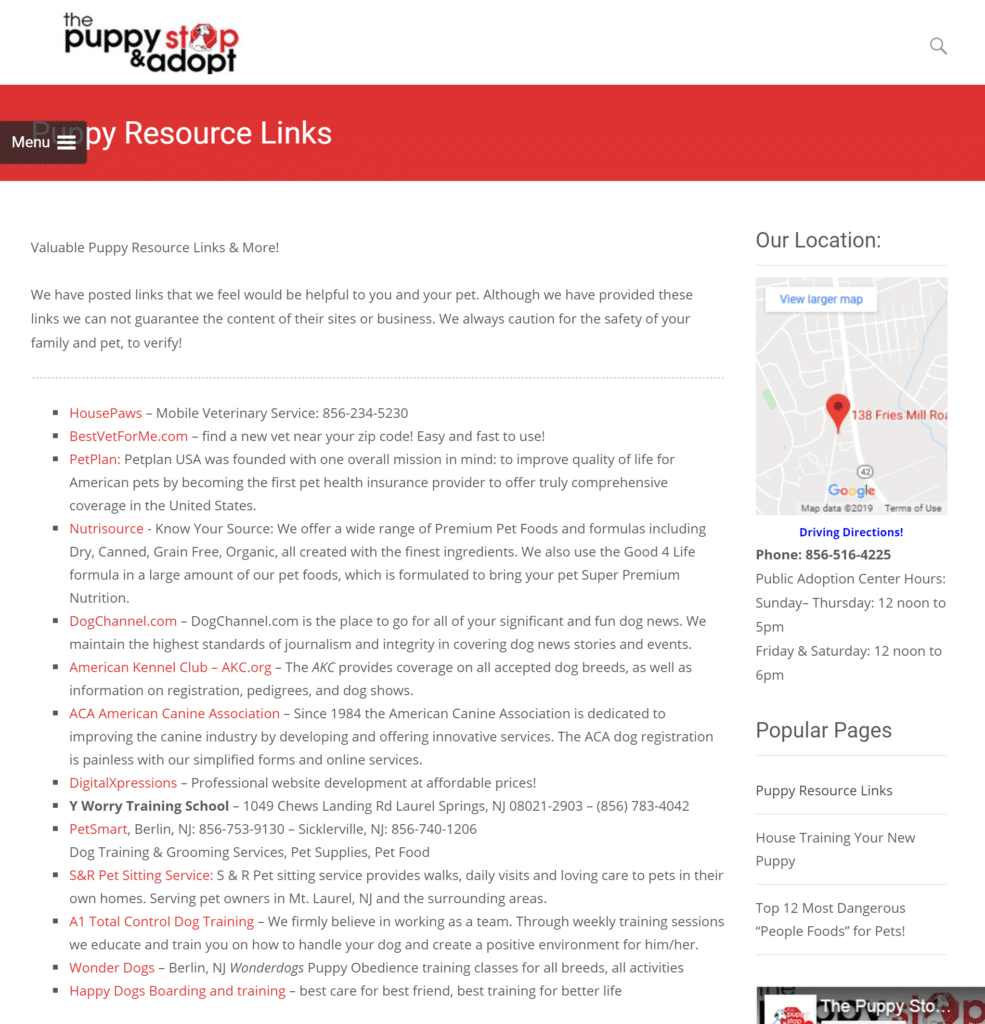
Here’s Another Good Resource Page Example (Link Pages Example)
Here’s a great example of what a good resource page looks like. It’s clean, well designed, comes from an authority website and hosts links that are definitely worth clicking on for the user.
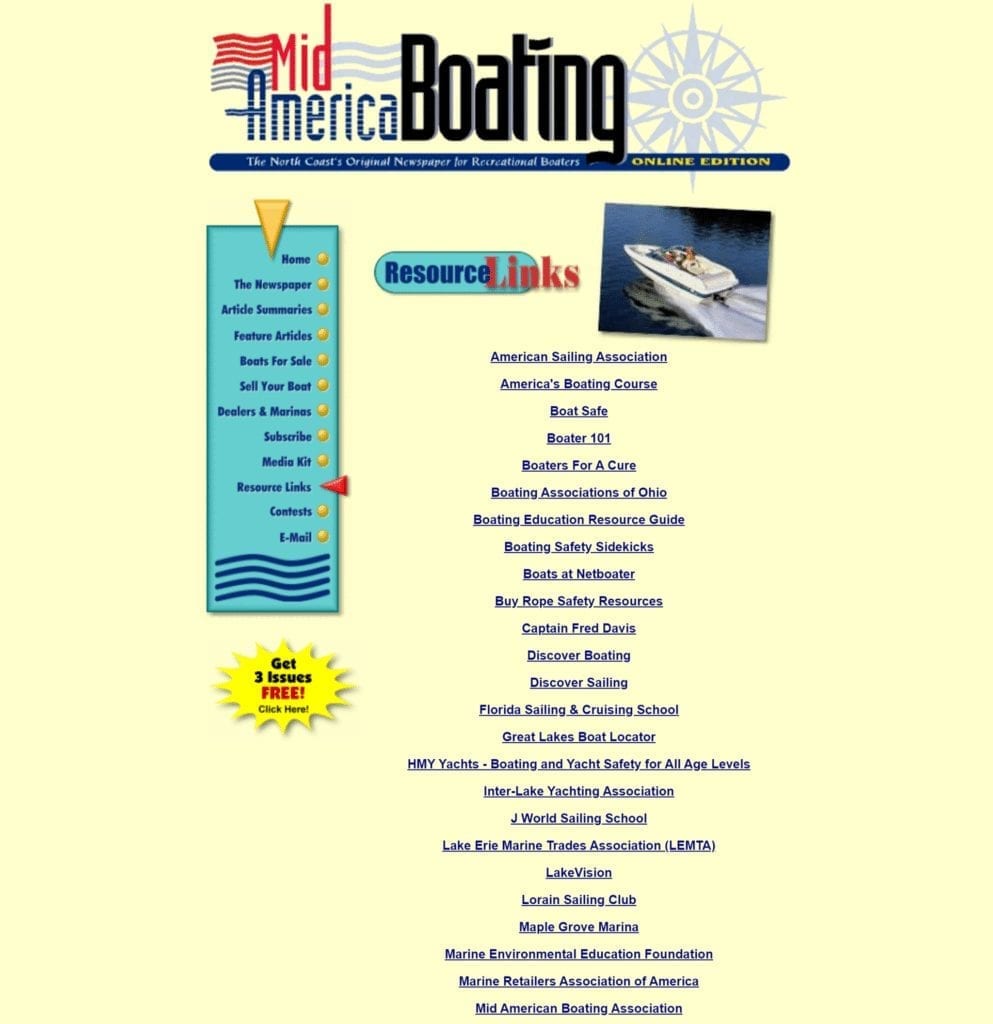
Why Do Resource Pages Exist? What’s the Point, Really?
Google is smarter than ever; the search results are extremely personalized and we all can find whatever we want with a couple of clicks – even without the help of resource pages.
But that only paints half the picture.
Resource pages are needed to make life simpler for those who are heavily invested in a particular niche (simpler even than what Google does). If you are a paleo diet follower, you only need to land at the right paleo resource page to instantly have access to all the trustworthy (the important word here) content. There’s enormous value attached with anything and everything that can save us time – and resource pages certainly do that.
In other words, resource pages (and all other link pages) are here to save us a few clicks and a few minutes (a precious thing, given our deteriorating collective attention span). More importantly, they shield you from all the noise and point you in the right direction.
Why Resource Page Link Building Works And Why It’s Still Relevant in 2020
Believe it or not, we’re almost there. 2020 is here.
While we may not have (yet) succeeded in hitting some of the goals we set for ourselves (this one, for example, is hurting us all in real time), we can finally say that link building has evolved beyond recognition.
I started building links a few years ago (back when EVERYTHING was fair game, from bulk links from Chinese domains to anchor text spamming). Today, none of it makes sense. So, the question is this – are resource pages still relevant in 2020?
I’d say yes, 100%. But this obviously only applies to good resource pages.
The reason is simple – good resource pages add value to search results. Google loves nothing else more.
I say this because I have been an active part of the changing link building and SEO landscape over the last few years – from being a mere enthusiast to founding a cutting-edge link building agency. At Ghost Marketing, we customize each and every aspect of a link building campaign to suit your exact requirements. To know more about how we do it, do go through our link building process. You can also get in touch with us here for a free link building proposal.
Why Resource Page Link Building Works

- It’s Clean And Easy.
There are no gimmicks involved. More often than not, good resource pages rely solely on good content. No money changes hands, leaving the spammers at bay.
- There Are No Caps.
It doesn’t matter what niche you operate in, you’re always going to find good websites that build resource pages relevant to what you do. In comparison to other link building tactics, resource page link building is more scalable. The bigger and more lucrative your industry is, the easier it is to find resource page opportunities.
- It’s Proven.
Building links via resource pages is a proven gamechanger. We, at Ghost Marketing, do it ALL the time. We know how to find pages, how to create content that is valuable to these pages and how to close leads at a massive success rate .
So, if you’re a link building agency, it’s absolutely worth your time to boost your overall link building ROI this way.
I wouldn’t want to disclose our trade secrets, but it’s enough to say that a good chunk of links (depending on the industry the client operates in) we build does come from extremely high quality resource pages. This add immense value to the page itself, while directing all the link and domain legacy our way. A win-win deal!
Resource Page Link Building – A Complete Guide
A quick Google search and you’ll find dozens of resource page link building guides. The reason I still decided go ahead with this post is simple: none of the other guides discuss the practicality of the process. To counter that, I will try to talk about how to go about each and every step of the actual link building process (and, more importantly, how to identify the red flags).
In this post, we will keep the discussion limited to how resource link building actually works. The more technical aspects (scraping and automating the process) will be discussed in a future post. Subscribe to our link building blog here and follow us on Twitter to stay in the loop.
How To Find Resource Page Link Building Opportunities
We’ve already discussed a number of link building tactics in brief. If you’ve gone through those, you’d have noticed that the first step is – regardless of the method being followed – is finding link building opportunities that are extremely likely to yield success.
Building a successful link building plan is, in other words, all about continually steering the ship in the right direction.
This means maintaining a strict and practical ratio when you build your list of prospects. We all would love to have tons of links from .gov and .edu websites, but it’s not as easy as it sounds. So, maintain a workable ratio and you’ll get results that do justice to your investment .
1. Run A Quick, Superficial Search
Before you get down to the nitty gritty details of resource pages link building, take stock of what’s in store for you using a simple, quick Google search. It should take no longer than a couple of minutes to understand the kind of resource page landscape you’ll be dealing with in regard with your (or your client’s) industry.
We will take “meditation” as an example. This is one of the hottest industries “in vogue” these days. Business have a lot to offer in this segment: from merchandise to equipment and software/apps.
We will run a Google search or “meditation resource pages” and see what turns up.
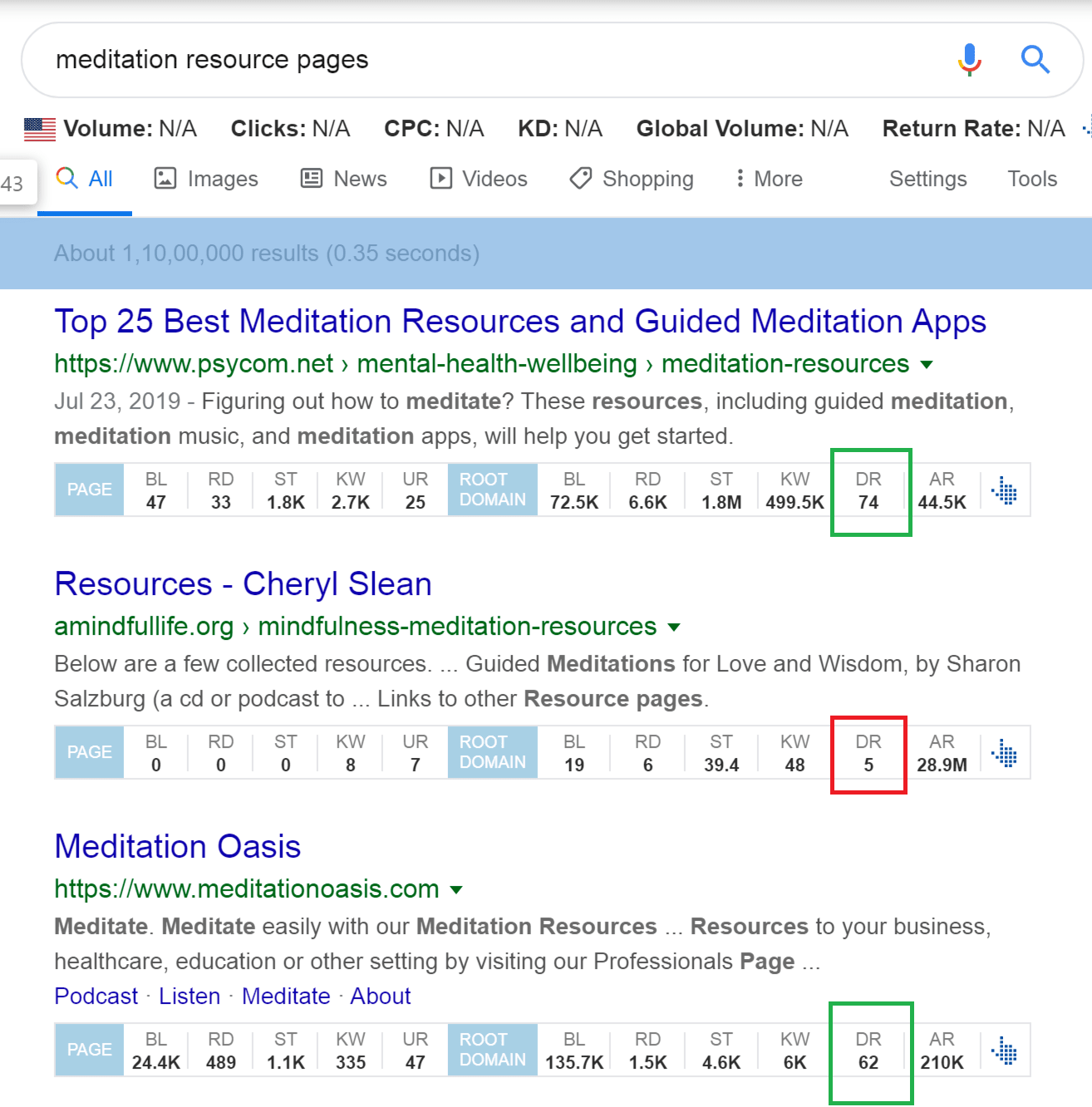
Note:
At Ghost Marketing, we use a combination of commercial tools (like Ahrefs and SEMrush) along with codes and scripts we have developed in-house to help us speed up the scraping and automation of link prospects and outreach. Since you are very likely to not have these tools at your disposal, you can make do with Ahrefs with a bit of manual maneuvering.
2. Find Resource Pages Using Google Search Operators
The next step to dig a little deeper – scalpel level precision.
Essentially, we want to now weed out ALL the noise and find resource pages link building opportunities that are extremely likely to convert . In other words, this is the step that will do us a world of good (in terms of efforts and ROI), when executed properly.
There are a number of Google Search operators and modifiers you can use for this process. Most commonly, we go ahead with the assumption that most resource pages follow a certain methodology:
- Resource pages are likely to have the following words in the title and/or the URL:
- Resources
- Helpful resources
- Links
- Helpful links
- Useful links
- Useful resources
- They will also, at times, be downloadable files (for example, PDF files and Excel sheets). We want to stay away from those.
Based on this assumption, we can use Google search operators to fine tune our progress.
- Keyword + intitle:resources
- Keyword + inurl:links
- Keyword + intitle:resources inurl:links
- Keyword + intitle:resource inurl:link -inurl:pdf
And so on. There’s no limit to the amount of fine tuning you want. Just remember that the more operators you add, the stricter the search will be. So, you would want to keep things fairly broad, otherwise you’ll end up with no results at all. (Again, this is something that depends entirely on your niche).
This is just the start but if you feel overwhelmed with the amount of SERP results this step returns, I completely understand. Just get in touch with us here and we will draw up a free, fully customized and no-obligation proposal for our resource page link building service.
Example
Here’s what such a fine-tuned search result looks like for our example.

Similarly, if I want to create a very specific list of high authority university/school and government website prospects, I will run the following command:

If you understand the logic behind each operator, there’s no need to sweat over the details. You will get the hang of it as you go, I’m sure.
Ghost Marketing Resource Page Finder Tool – Free Download
As long as you’re not working with hundreds of keywords, it’s possible to automate much of your resource page hunt using nothing more than a simple spreadsheet.
For those who don’t have access to advanced tools and paid programs, I have created a quick-fix resource page finder tool.

Click on the box below to make a copy of this free resource page finder tool for yourself.
Condense All The SERP Links Into A Master Document
I have already talked about this briefly earlier.
It’s important to bring us back here because this will, for what it’s worth, be your master list of prospects – your link building bottleneck.
The better it is in terms of quality, the easier it will be to go about the outreach stage. More importantly, being careful here will leave you with a lead-rich list of prospects.
Remember the first rule of gold mining – there’s a little bit of gold everywhere, but a good prospector only goes for the tract that’s worth their time.
Identifying Spam Resource Pages And Staying A Million Miles Away From Them
If you’re running a business website (or any website that’s designed to bring in revenue), there’s absolutely no way you should have any – even a distant – association with spam websites.
This is the same reason why we go to extreme lengths to disavow bad links.
The bad part about link pages and resource pages is that you’re very likely to somehow have more bad apples in your bag of prospects than you’d anticipate.
But it’s not too difficult to identify spammy resource pages.
Here are a few pointers I go by when scanning resource pages for a client:
The Look
Spam resource pages usually have a TERRIBLY bad UX. No consistency, 1995 coding and zero thought given to the user’s comfort – you name it and they’ve got it.
Too Much Junk
There’s no order. You’ll find anything and everything – from content that doesn’t belong to the industry and a host of annoying pop-ups, pop-unders, banner ads from god-knows-what ad serving agencies.
Suspicious Domains And Backlinks
It explains itself. More about this can be read in our comprehensive link audit guide.
Spam Score
When you have hundreds of prospects in your master sheet, it’ll obviously be impossible to run manual checks on all of them. You can make things a bit easier by running a spam score analysis.
Moz, for example, has a handy tool that lets you check domains for spam (Ahrefs doesn’t have such a tool, as far as I know).
Resource Pages Link Building – The Outreach
As is the case with most other link building strategies, resource page link building relies heavily on email outreach – from digital PR to networking.
Since this isn’t the place to talk about the finer details of email outreach, I’ll just note a few important points.
- Know what you’re “selling”. Your content has to be worth the trouble.
- Be creative – but don’t go overboard.
- Personalize the emails as best as you can. If you don’t use dedicated tools/software for this, make sure you’re able to add at least one personal details in your email. You have to assure the webmaster that you aren’t just sending out cold emails.
Link building outreach is a whole different ballgame. The average, run-of-the-mill email strategies just don’t work here because good websites have good webmasters, and they know what you’re up to. If you’re looking to scale up your link building campaign to develop an organic, well-rounded link profile (with great returns on your money), do check out our link building process. If you want to request a free proposal, contact us here and I will personally make sure that you hear back from our team ASAP.
Matching Your Content With The Opportunities
One way to really scale up your resource page link building campaign is to find opportunities that already align with your top quality content.
This will save you a lot of time, trust me.
Going back to our example, if I have a popular page titled “Why Every Workplace Needs A Meditation Counsellor”, I will take a few minutes out of my schedule to find resource pages that discuss meditation from the mental health/workplace stress angles.
That, right there, improves my eventual link building ROI even before I’ve sent an email!
Creating Content That Fills Resource Page Content Gaps
This method is best saved only for high DR resource pages.There are thousands of resource pages out there that are hungry for extraordinary content.
Why?
Because it improves the quality of their own pages!
So, you can find out premium, top-of-the-line opportunities by identifying and filling content gaps.
Let’s go back to the earlier example. Let’s say we find a resource page with high DR and organic traffic. The page we’re interested in lists meditation resources for kids. We scan the links it hosts and quickly find that there’s no resource available that discusses meditation tips for children and young adults.
You can take your time to create a short (but useful) guide and then approach the webmaster. Needless to say, every content piece you create will find a for itself in multiple campaigns, paying for itself in no time.
When it comes to creating content, it pays to have a result oriented system in place. The whole point to make sure that every piece of content you create keeps adding value to your website in terms of backlinks, organic traffic, leads, conversions and overall SEO. Do take a moment to learn how our link building process integrates content marketing into every campaign to keep everyone involved on the same page.
Resource Page Link Building + Broken Link Building
Broken link building is one of the most cost effective ways of building high quality links.
It’s definitely possible to combine it with resource pages to find easy-to-score link building opportunities.
Here’s how:
1. Scan Your Prospects For Broken Links
Websites disappear. Pages go AWOL. URLs go haywire. It happens all the time.
So, you’re always likely to find broken links on resource pages.
You can scan your prospects for outgoing broken links using Ahrefs (or your favourite link building tool).
2. Create/Plug Content
If you find broken resource links that already align with your content, that’s great. If not, create content that would ideally be better than the quality of the broken page (you can use archive.org to find cached versions of broken pages).
Note: Since this link building strategy takes a bit of manual effort, it’s best reserved for high quality resource pages that will quickly move the SEO needle in the right direction for you.
Find The Right Balance And Resource Pages Will Massively Improve The Link Profile
It doesn’t matter if you’re doing it for your own website or handling the link building campaign for a large business, resource page link building eventually boils down to how well you maintain the balance – in building the list of prospects, in reaching out and in optimizing your content.
When you do get it right, resource pages have the potential to improve the link profile for your website by leaps and bounds. It’s a treasure trove of opportunities – you just need to find the right ones!
At Ghost Marketing, leading link building agency in the UK, we’ve built, run and managed link building campaigns for businesses around the world. High quality links, industry leading success rates and impressive returns on every single dollar you invest – we make it a reality.
Get in touch with us today to request a free, fully customized link building proposal.
Paid Directory Links – How To Build High DA Directory Links Fast & Cheap
If you’re familiar with how the overall SEO landscape has evolved in the past few years, you’d know that underhand, bad SEO tactics not only don’t work, they actually end up hurting your website. Link building is probably the best example of that aspect.
You can no longer rely on industrial scale link building that adds no value to users – and Google takes every opportunity to remind us of that fact. That brings us to the question – whatever happened to web directories and the links they churned out in dozens of millions?
Thankfully, most spammy directories have met their end, and so have the link farms associated with them. Building directory links – even though NOT the most powerful or reliable link building technique out there – still holds a few advantages that can be tapped with little to no effort.
Continue reading “Paid Directory Links – How To Build High DA Directory Links Fast & Cheap”
Broken Link Building – A Handy Guide To Acquiring Broken Links Fast, Cheap & Easy
Let me get straight to the point before I even make the introduction – broken link building is one of the cheapest, (relatively) easiest and fastest link building methods. Some agencies would call it a ‘link building hack’, but that really isn’t it – because I genuinely believe that building broken links makes the internet a better place.
Okay, so a quick introduction.
If you run a business website, you probably already have discovered that links don’t come easy, and they NEVER come cheap. You have to hire the right kind of agency to build links, because it’s very, very easy to screw things up and get pushed down the rabbit hole that never lets your content rise above the 20th page in Google.
If you are a link building professional yourself, this is a must-have skill to have at your disposal. You may already know a fair bit about broken links, but finding the right kind of broken links and then making them point to your client’s website is what really matters. And that’s exactly what we’ll discuss in this post.
Continue reading “Broken Link Building – A Handy Guide To Acquiring Broken Links Fast, Cheap & Easy”
How To Do A Link Audit Of Any Website – A Step By Step Backlink Audit Guide
As a leading link building agency, we usually come across clients with all sorts of link building requirements, from all around the world. Despite their diverse requirements, one thing always stands out – most clients don’t even know what a link audit is, let alone why it’s SO important!
There are many reasons for this. Some of them don’t know how Google treats and rates their links, while some – bouncing off dubious SEOs – have already paid the price for owning links that do more bad to their SEO than good.
If you’re a link building agency or a business looking to view a no-nonsense picture of your website’s link profile, link audit is the only starting point you should consider.
Continue reading “How To Do A Link Audit Of Any Website – A Step By Step Backlink Audit Guide”
Our Exact Digital PR & Link Building Process
The higher you rank in Google, the more money your business will generate.
Powerful Links rank websites.
We generate these links for clients worldwide.
Below outlines exactly how we do this.
Stage 1 – Content Curation, Strategy & Campaign Building
It all starts with something of value.
We call this content, but realistically it can be anything from your brand itself, a founder, a tragic event or a funny video. For the purposes of this process we’ll refer to any of these as “content”.
Content is something that’s hosted on a client’s website that we work with your initial content team or directors to build that adds value to a visitor. When a visitor feels as though they’ve received value, two things happen.
- They are more likely to buy.
- They are more likely to link and/or share.
Both are incredibly important KPI’s.
Working closely with a brand-new client we decide a piece of content to achieve both. Content remember isn’t some 500-word thrown together blog post; content is something that is interesting, noteworthy, linkable and shareable, that if seen in a printed magazine or newspaper, would force-the-read, not because it’s so controversial but because it’s simply too interesting, useful or targeted to you as an individual for you to just scroll or flick on from.
This is obviously essential as the more interesting, unique and link-bait worthy this piece of content is, the more press media placements it will generate, as well as the easier it will be to generate links from other strategies.
Your content should force-the-read. – Tom Buckland.
Part 1.1: Content Audit, Topic Creation & Leveraging Data
Part 1.1 of the content curation technique involves building the overarching strategy for the campaign.
What single piece of content will we be using to leverage our outreach and force-the-read, ensuring potential link prospects and customers take note.
This is one of the most important stages in the entire campaign. Getting this part correct results in potentially dozens more links and mentions later down the line, which can result in tens, if not hundreds of thousands in additional revenue.
Part 1.1 of our process involves analysing the current content on a client’s site.
When we do this, we’re looking for one of three things;
- Link worthy content that already exists.
- Content or pages that are generating links naturally already.
- Interesting/close enough data/content that can be tweaked instead of entirely rebuilt from scratch.
During the content audit & on-boarding process, we work very closely with the client’s internal content or marketing team to determine the perfect content piece.

Taking a piece of content from “good” to “incredible and link worthy” is a lot quicker and easier than building a new campaign from scratch. As a result during the content audit we always look for pieces that are already good that can be built into authority pieces that are link and news worthy.
Two elements that work incredibly well are:
- Leveraging data driven content pieces (interesting infographics, educational videos etc)
- Reverse engineering a technique or piece of content that worked well in a different vertical/niche and replicating the campaign.
All these elements from; competition analysis, reverse engineering what already works in an industry, cross-vertical aligning (taking something that works in one industry and moving it into another), content exploring and more allow us to build a content topic that we know before even starting will result in links from press, authority media and multiple dozens of site owners worldwide.
Once this is selected, we move onto part 1.2.
Don’t reinvent the wheel just realign it – Anthony D’Angelo.
Part 1.2: Content Selection & Design Plan
Selecting the specific content medium to be used and integrating this into a design & development plan. Part 1.2 runs alongside stage 2 entirely as content development can take between 14-30 days depending on the size and scope of the project, although in many cases the content development phase does take less than 10 days.
Once the content is being produced we move onto stage 2 & the prospecting, initial outreach & rapport building strategies.
Stage 2 – Influencer, Journalist & Link Opportunity Scouting
Stage 2 involves finding the specific people & sites that would be the perfect fit for our piece of content. This may be the site itself but what generally works better is finding specific writers, influencers, journalists and bloggers who are respected in an industry.
These influencers tend to have a larger, more dedicated following and will result in a higher amount of referral traffic in the long run too, and of course a high proportion of great links.
For example, if you were in the soccer industry, you may want to get in touch with a sports writer/journalist that has developed a following for a specific team:

Here is his Twitter profile:
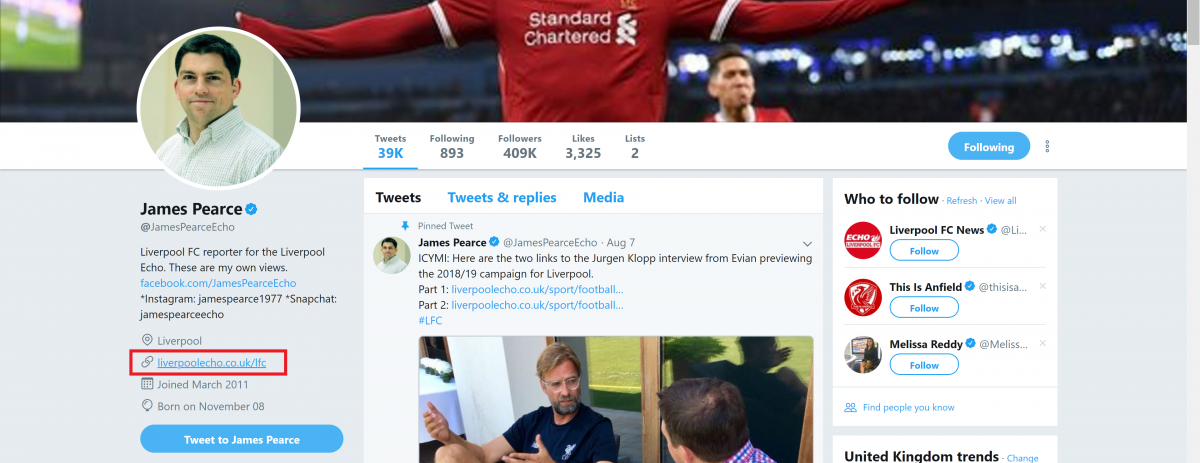
As you can see, he has gathered quite the following, who will get all the latest news about this particular club. If we were looking for high quality links in this niche, he would be great to contact.
These principles are applied to all business sectors and niches.
During stage 2 we also build out paid advertising campaigns as part of the link building strategy itself. Without getting into too much depth as the full blog post is linked above, this simply involves getting the initial word out on Facebook, Instagram & other paid advertising channels for three core reasons.
- It naturally gets picked up and linked to.
- Gains social traction; shares, likes, comments etc.
- Click through traffic from social is an up and coming ranking factor and hence will help long term rankings.
- Brand awareness & sales through from those click-throughs.
- Social proof we can use in our pitches to both media and non-media lists to increase conversions (below).
Stage 2.1 – Developing The Non-Media List
Stage 2.1 involves prospecting the non-media list. What this means is the potential sources, influencers and bloggers that are not on larger news-based sites, but instead own their own web properties. This may be specific bloggers in an industry, specific articles that are highly aligned to our content piece or even just websites that are smaller in size and authority but are extremely relevant to what we are building.
Stage 2.2 – Developing the Media List
A very resource intensive part to the campaign, the media list development stage involves determining the best journalists and mainstream influencers to reach out to and more importantly why and how to do so.
Our outreach works because we spend an incredible amount of time personalising our outreach strategies to each individual journalist and not simply sending generic emails to thousands of unrefined prospects. We want to build relationships and rapport with these contacts, building longer term relationships which we can leverage into the future for existing and new clients. This adds value to both the journalist and to the client.
The best way to establish rapport with people and to win them over to your side is to be truly interested in them, to listen with the intention of really learning about them. When the person feels that you are really interested in getting to know them and their feelings, they will open up to you and share their true feelings with you much more quickly – Jack Canfield.
During stage 2.1 and 2.2, in a lot of cases we’ll have an initial outreach to the journalist simply adding value and not requesting anything. This might be sending a sincere email or tweet about their specific content and how we found it valuable/linked to it (this is actually a very specific sub strategy we use).

It may also simply be sending another post online we think they might find useful based on their previous posts.
The entire goal of stage 2 is to prospect and build rapport with relevant contacts which we can get in touch with at a later date, once our specific content has been completed from stage 1.
This is a very different way of working than more time-sensitive link building campaigns, which is why we run other link building strategies alongside our core digital PR campaign (stage 3.1).
Stage 3: Link Outreach & Press Placements
Part 3.1: Outreach & Link acquisition of non-media based backlinks
Part 3.1 involves leveraging our content piece and previous relationships with non-media-based contacts to generate powerful, relevant links outside of press.
These links are incredibly powerful and move the organic rankings needle very quickly when implemented correctly. We have outlined these strategies in multiple posts on our blog. If you’re looking for any more information about those specifically, feel free to get in touch.
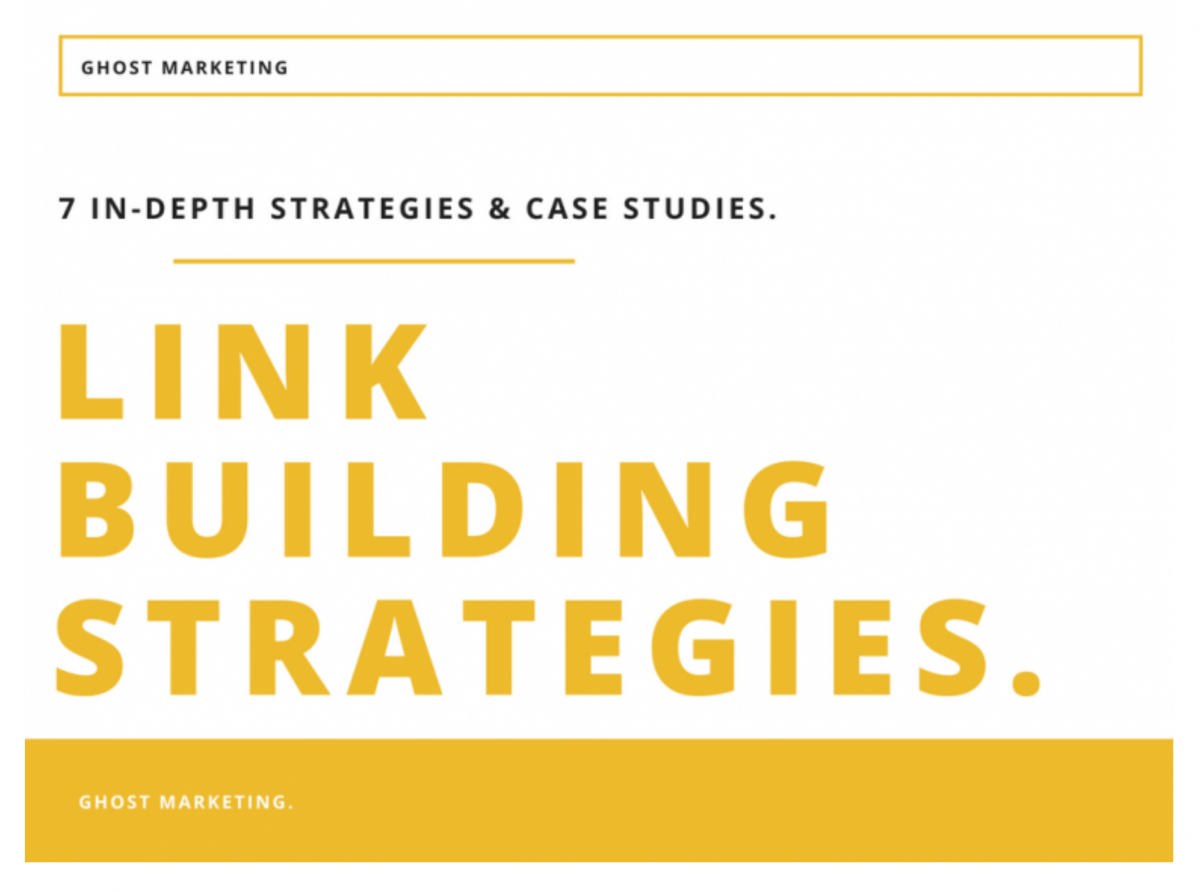 These strategies are the following:
These strategies are the following:
- Resource link building,
- Round-ups
- Guest posts
- Content acquisition techniques
- Local link building
- Unlinked mentions
- Competition analysis.
Part 3.2: Outreach to Media based contact lists
The most important part of the entire process.
Reaching out in the correct way to your media list contacts. Something that businesses, link builders and even PR professionals across the world get wrong all the time.
The key here is to simply add value.
Journalists, editors and site owners care about one thing above all else, and that’s pageviews & CPM. The more views and money you can drive to these sites, the more responsive they’ll be to your pitches now and especially in the future (making the process replicable).
Leveraging this, we can reach out to journalists in such a personalised, value-added way that we chat to multiple on the phone, meet in person (always buying the lunch it seems) and just building these relationships to the point where our team are now friends with these influencers, this of course allows us to utilise the age old adage, creating a win-win-win relationship for agency-client-journalist relationship.
People do business with those they know, like & trust – Bob Burg
Part 3.3: Ongoing outreach, rapport building & Campaign Tweaking
During the outreach stages themselves, specific issues or element can change and vary. Occasionally campaigns are tweaked mid-outreach to change the overall pitch dynamic. This is done to improve conversions of email pitches when something seems off during the process or conversions are lower than expected.
These are continually tweaked during the entire campaign to deliver the best ROI for the campaign’s investment.
Part 3.4: Virality Attempts
In select cases we’ll run a 3.4 stage to the campaign.
This occurs when content is gaining specific traction and attention in specific mediums that virality is very close. If this is the case, you’ll see referral traffic and link figures start to increase exponentially from a couple of dozen links for the average campaign, all the way up to hundreds in some cases as content becomes viral.
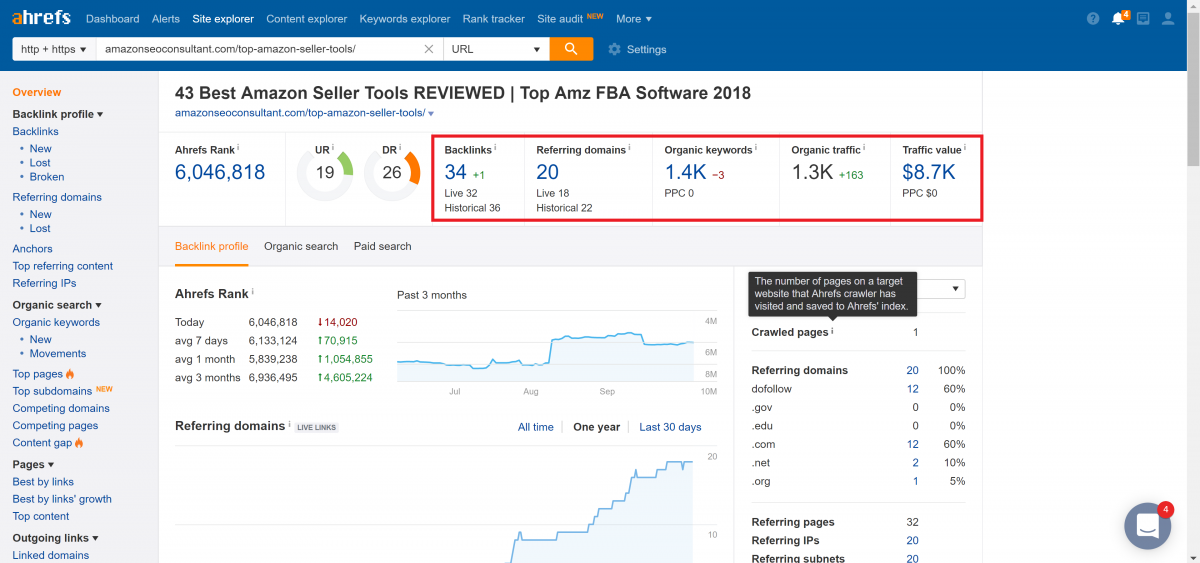
This is always the overarching goal of a campaign but given the nature content needs to be in very select circumstance, many businesses do not want to add a controversial or potentially brand damaging element to result in an exponential increase in links. This is something that will be covered in the onboarding process.
Stage 4: Campaign Review, Analysis & Re-Sign Up
Stage 4 involves analysing the entire campaign. What major links were achieved, what went well, what went not so well and analysing the overall success of the campaign. We’re 100% transparent with how we work and do not defend poor performance. In some cases, campaigns flop but in 92% of cases since the start of 2018 we’ve helped our clients generate at least 30 links within a three-month campaign period, 20% of which have come directly from editorial media.
Investment & Contracts
One full campaign structure from stage 1 to 4 takes 12 weeks. As a result, all campaigns are built on a 3-month contract with investments starting at £3,000/month. All content, design, development, outreach, project management & link acquiring costs are included in this fee.
Request A Campaign
We’ve helped brands worldwide rank for some of the most competitive niches and would love to help you 10X your business through smart digital PR and link building. Click the button below to start the process. We look forward to working with you.
If you want to contact me directly, please email [email protected].
Request Proposal
Internal Linking Guide – Anchor Text Ratios, Strategies & Why Internal Links Rock
Internal linking is one of the single most under utilised link building strategies. Although strictly speaking not an inbound link generation strategy, internal linking can be incredible effective and profitable for your website.
Implementing a few dozen internal links can help direct link juice to the correct places, as well as helping Google to categorise your site in terms of posts you want to rank, importance of post or content type and what that piece of content is about.
Continue reading “Internal Linking Guide – Anchor Text Ratios, Strategies & Why Internal Links Rock”
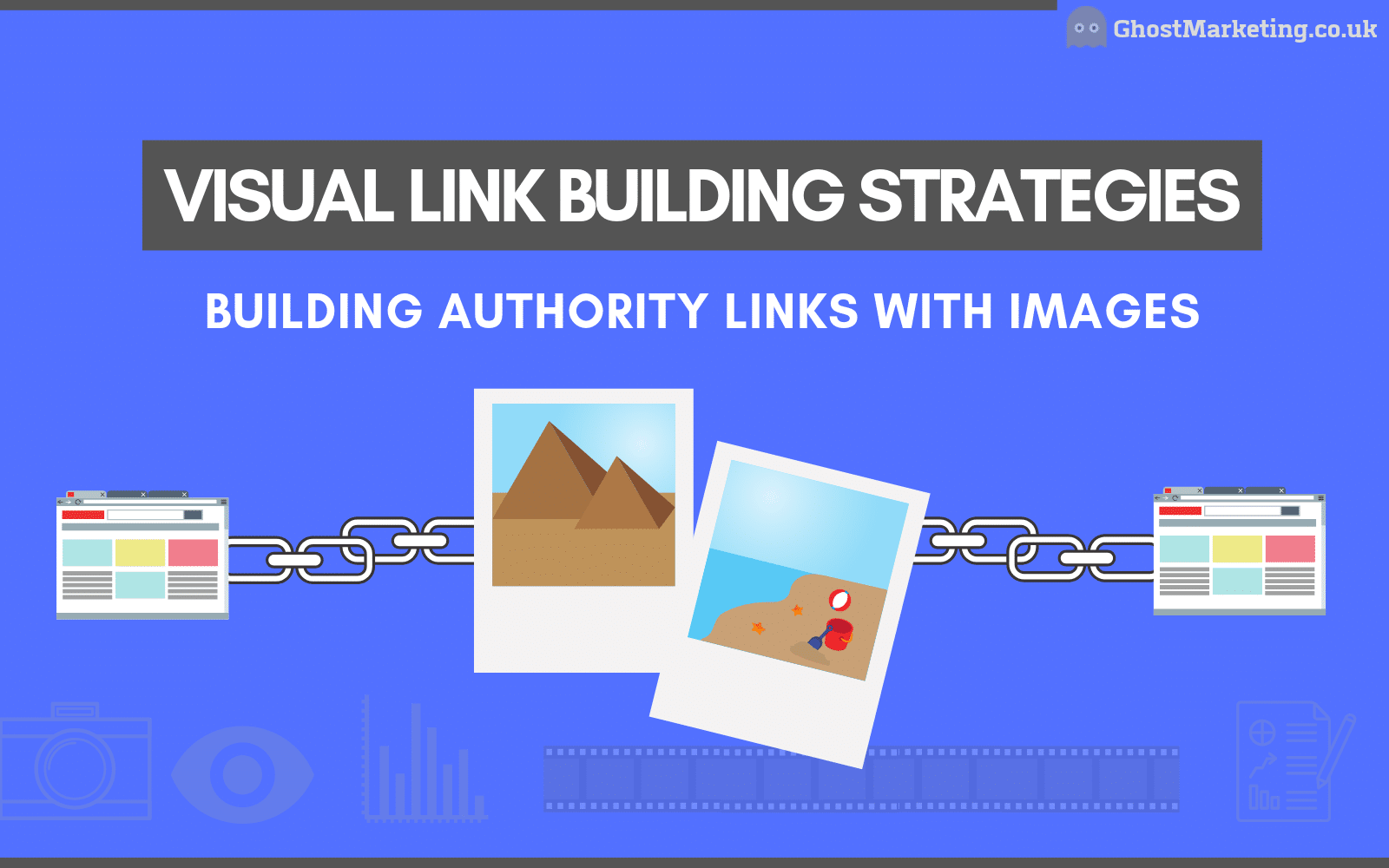
![Resource Page Link Building – Build High Quality Links With Resource Pages [Updated 2024]](https://ghostmarketing.co.uk/wp-content/uploads/2019/12/1-2.jpg)

